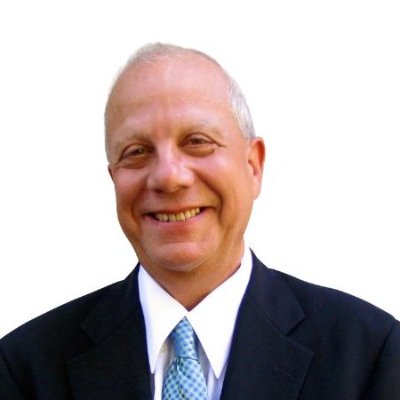Conversations with corporate researchers
Larry L. Musetti
Market Research Manager, Benjamin Moore & Co.
What change in the MR industry has affected you the most throughout your career?
 In short, PowerPoint and the Internet.
In short, PowerPoint and the Internet.
PowerPoint forced me to write shorter headlines and one or two graphics per slide instead of writing long – and typically unread – cursive reports with lots of words, numbers, stat testing and sample sizes. PowerPoint is both a curse and a blessing. It made me focus on five-to-nine bullet points. But too often the consumer story, insights and serendipity that happens is lost when you focus on the underlying issues and dig into the data to test hypotheses and challenge existing beliefs and possibilities. Executives love PowerPoint and what has evolved into infographics. They no longer have time nor want to know about the how and why, or even the possibilities of market research. Execs trust I’m doing the market research right – they need me to understand the business issues and whittle down all the data and statistics into a concise set of customer insights to help them make decisions here and now.
The Internet has affected everything. My best overall market research job was with an Internet start-up market research supplier. The early days were extremely challenging and rewarding, breaking new ground almost every day. It was a lot of fun! Before the Internet, there was an old saying in market research that you can only have two of three things – fast, accurate or cheap. With the Internet I now have all three! Data collection is affected the most. The days of mail panels are long gone. I never do mail surveys anymore, except to deliver products on IHUTs. Phone interviews are becoming outdated with the decrease in home phones and the increase in mobile, Wi-Fi sensors and beacon technology. Questionnaires are now shorter and more engaging to gain stronger cooperation and response rates. The days of matrix questions with long attribute rating questions are numbered. Social media, observation and virtual reality methodologies are becoming more common when collecting and interpreting customer attitudes and behaviors.
How have you used video and infographics to communicate research insights?
Video beats PowerPoint hands down! I recently conducted a series of business ethnographies. It was the best work that I’ve done in my career. Video made these ethnographies come to life and it was a huge success on all levels, from the CEO and C-suite to newly hired employees. Video helps everyone to see, hear and feel the hearts and minds of customers.
Do you find yourself turning to qualitative or quantitative research the most, and why?
I’m a frustrated number-cruncher at heart. Early in my career, qualitative was not true research to me. It wasn’t science and it wasn’t valid market research – other than to explore and develop hypotheses. I especially loathed focus groups as a way to hear what you wanted to hear. Now, later in my career, quantitative is a bias that I always guard against, especially when conducting surveys. I always try to ask myself: Can qualitative better address the issues? I’ve fallen in love with ethnographies and observation, especially using mobile and geofencing technology to track shopping behavior. I now see focus groups as valuable but am still not a big fan.
Who has influenced your career the most?
No one person has influenced me the most. It has been many people from many diverse backgrounds over a long career. Experiences have affected me the most. My first job at a small vendor; my first focus group; my first conjoint study; my first presentation, which used predictive modeling; and my first failure, a segmentation study. I strive to have many first-time experiences. It challenges me and that is how I have fun. It’s how I learn. In the end, I’m most influenced by my mistakes and successes with people and projects. These experiences help me to grow even today. My experiences have shown me how to better persuade people and affect their decision-making, which I feel is the ultimate goal of market research, at least any market research worth doing.
